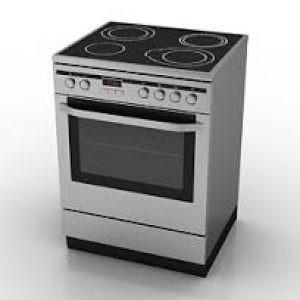Advantages and Disadvantages of Vitro Ceramic Stoves
- With the appearance of ceramic hobs, there is another option offered in choosing a stove for our home.
- Like all electrical appliances, the ceramic hob has its advantages and disadvantages.
- It is a dilemma that arises when you are going to buy a stove, which of the two systems is better.
- When the ceramic appeared in the 90s, it was a revolution.
- It was a way to say goodbye to scratching the burners of the old gas stove.
- The system consists of a resistor that produces heat under a glass-ceramic. The resistors produce heat and transfer it to the ceramic glass, and it heats the container we need.

Advantages of Vitro Ceramic
1) Keeps the residual heat well: this implies that you can continue cooking with it turned off using the heat stored in the glass-ceramic.
2) Easy to clean: since it is a smooth surface, only a wet cloth is needed.
3) Heats progressively: an advantage for cooking certain foods that do not need to be heated immediately.
4) Economical: compared to induction, glass-ceramic is a low-cost option.
5) Programmable: thanks to a timer with automatic disconnection, the board switches off after the selected time.
Disadvantages of the Hob Kitchen
1) Slower: although it may be an advantage, it takes longer to cook food.
2) Electrical consumption is high: being slower, it consumes more time in preparing food, than induction.
3) It does not cool immediately: this can be a problem; if you forget to remove the container when it is ready, it can burn.
4) It scratches easily: being a smooth surface, using specialized cleaning products will reduce the risk of scratching.
Need help with your Vitro Ceramic stove? All Area Appliance Service
We work on all brands of ranges/stoves electric and gas. We can check and calibrate the temperature of ovens. Diagnosing all computer error codes.

